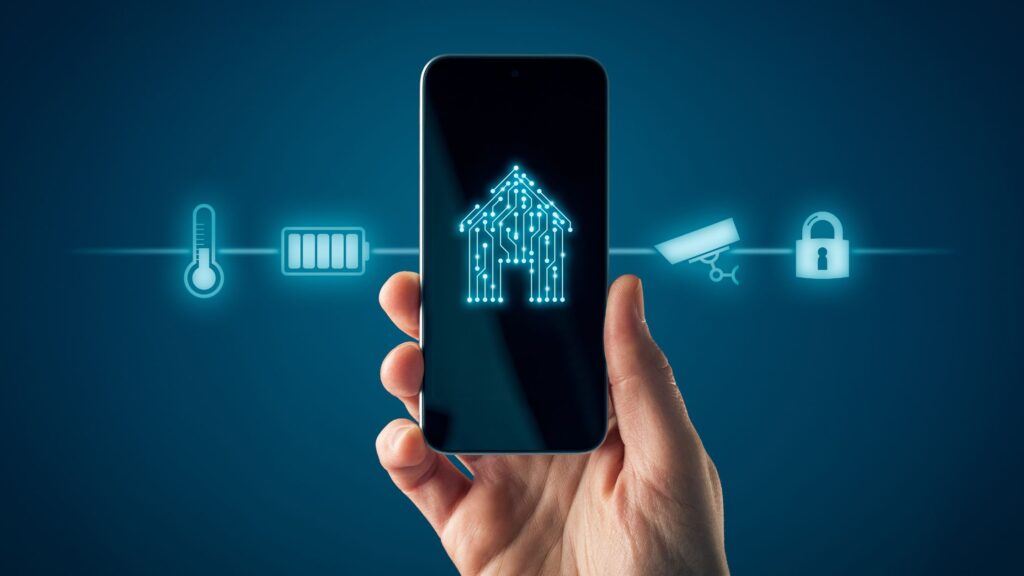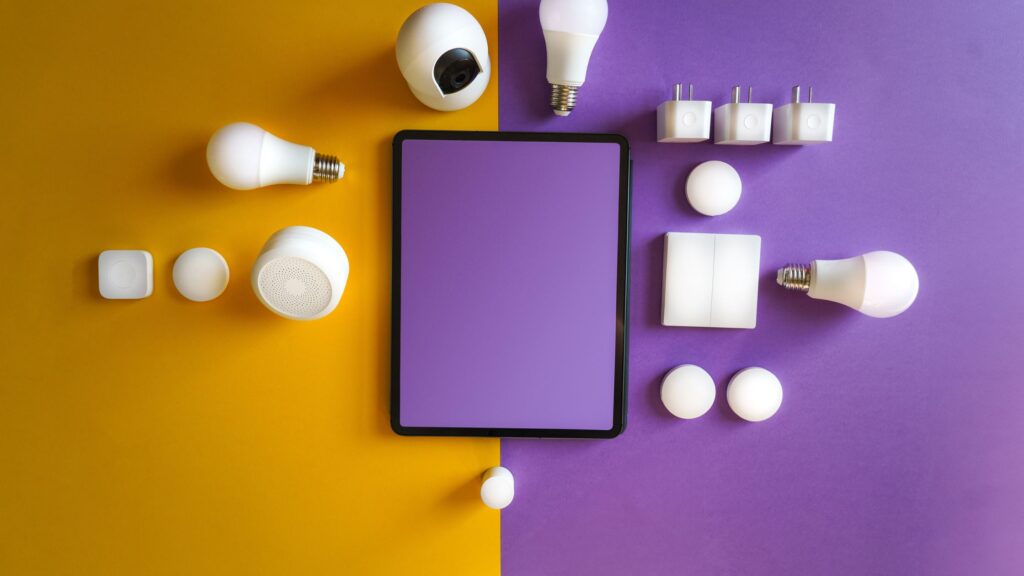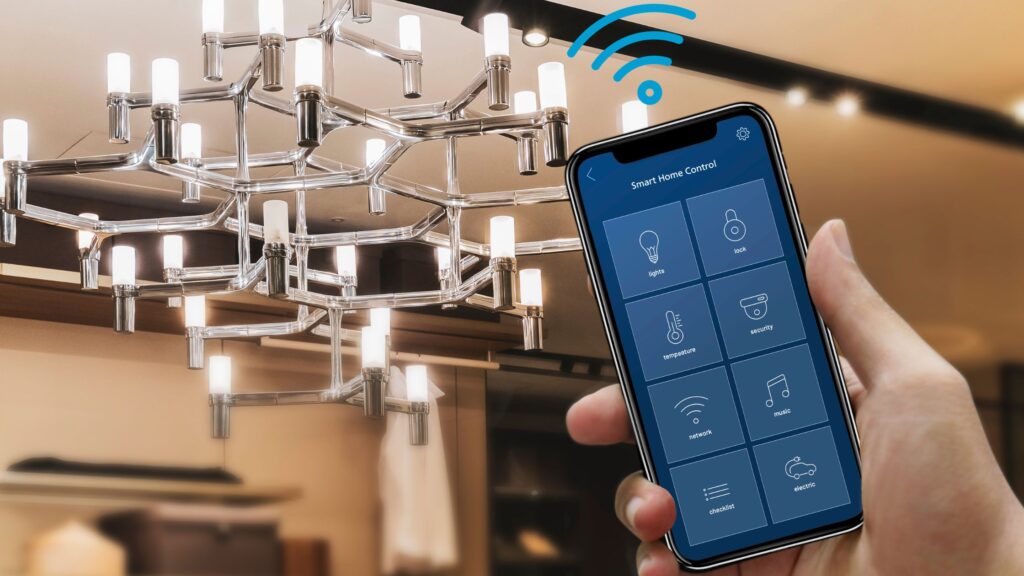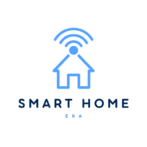
As we sail into the age of digitization, our lives become increasingly entwined with technology. Home automation or ‘smart homes’ are no exception.
These homes employ internet-connected devices to enable the remote monitoring and management of appliances and systems, such as lighting and heating.
They not only provide convenience and ease of use but can also enhance safety and reduce energy consumption. Let’s delve deeper into understanding smart homes and the devices you should consider integrating.
Understanding the Concept of a Smart Home

A smart home brings technology and convenience together in an efficient manner, employing various internet-connected devices to automate routine household tasks traditionally managed by humans.
Such a home is equipped with numerous devices that can all be managed from a central system, typically a mobile device or smartphone, from any location. This fusion of technology and everyday tasks is designed to enhance efficiency and ease of living. I
magine being able to control your refrigerator, regulate your home’s temperature, manage lighting, and oversee your home security systems, all digitally. This can be done from the comfort of your couch or even when you’re miles away, all contributing to the overall concept of a smart home.
Smart Devices You Should Consider

As you explore options to automate your home, it’s crucial to prioritize devices that simplify your daily routine. A starting point for many are smart speakers such as the Amazon Echo or Google Home.
These act as a centralized hub, aiding in the control of a variety of other connected devices in your home. For protection and peace of mind, incorporating smart security systems like smart locks and surveillance cameras can provide you with real-time monitoring and remote access. Next, for a blend of comfort and energy efficiency, look towards smart lighting systems, programmable thermostats, and automated window blinds.
These can be programmed to operate at specific times or under certain conditions, saving you money on energy bills over time. To enhance your leisure time, smart entertainment systems, like smart TVs and sound systems, can be integrated to offer personalized viewing and listening experiences.
Remember, the choice of devices ultimately depends on your personal needs and lifestyle. The aim is to create a home environment that caters to your individual preferences, augmenting convenience, and enhancing the quality of life.
Here is a list of smart devices that you might want to consider.
- Smart Speakers:
- Smart Thermostats:
- Smart Lighting:
- Smart Cameras:
- Smart Locks
- Smart Home Hubs:
- Smart Thermostatic Valves:
- Tado Smart Radiator Thermostats
- Honeywell Home T9 Smart Thermostat
- Smart Home Sensors:
- Robot Vacuums:
- Smart Sprinkler Controllers:
- Smart Kitchen Appliances:
- Smart Blinds:
- Smart Home Security Systems:
Integrating Multiple Smart Devices

The successful integration of your selected smart devices is a crucial step towards realizing a fully functional smart home. Having identified your preferred devices based on your needs and lifestyle, it is now time to bring these devices together in a harmonious setup.
Key to this process is the understanding that while many smart devices come with a proprietary app for control, a more efficient approach would be to use a centralized home automation hub. This hub is a device or software that facilitates interaction between multiple smart devices, even those from different manufacturers.
As you embark on the integration process, you need to confirm the compatibility of your devices. This involves ensuring that they can not only communicate with the hub but also with each other. This cooperative interaction allows for a more cohesive, seamless operation, enhancing the overall user experience.
As such, the path to a fully integrated smart home lies not just in the selection of smart devices, but also in ensuring their seamless cooperation and interaction.
Setting Up Your Smart Home

Getting your smart home up and running involves a bit more than simply buying and plugging in your smart devices. A robust and dependable Wi-Fi connection is crucial to support the demands of multiple interconnected devices.
Each gadget will require personalized setup based on your needs and preferences, usually done through a specific app provided by the manufacturer. This process can take a bit of time and patience, but the payoff comes when everything is working together in sync.
After the setup, your home will transform into a hub of digital convenience, where various aspects can be controlled by a few taps on your phone or simple voice commands.
Remember, the ultimate goal is to establish a tech-enhanced environment that simplifies your life while providing a seamless, intuitive living experience.
